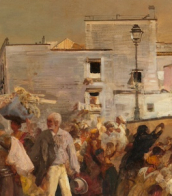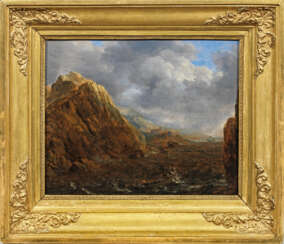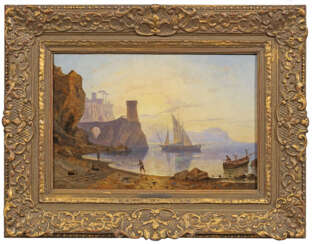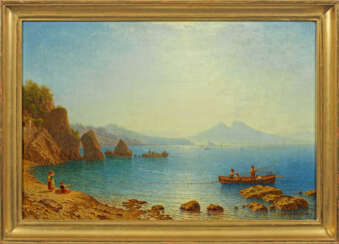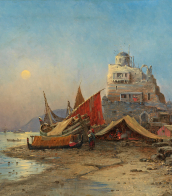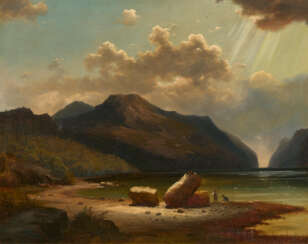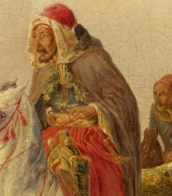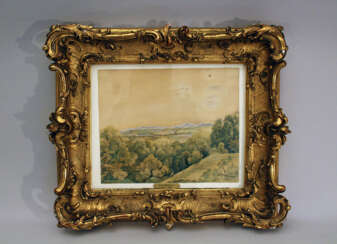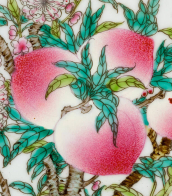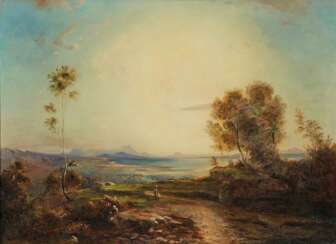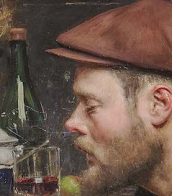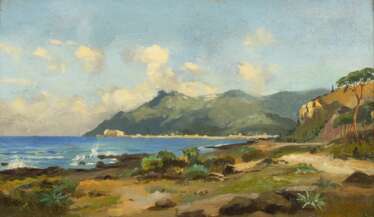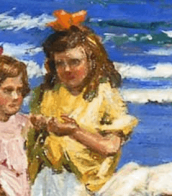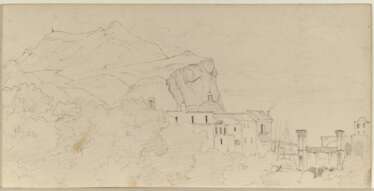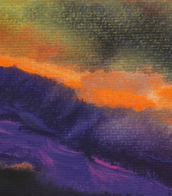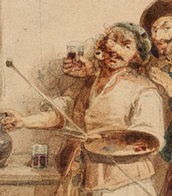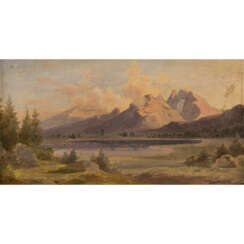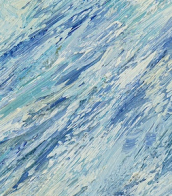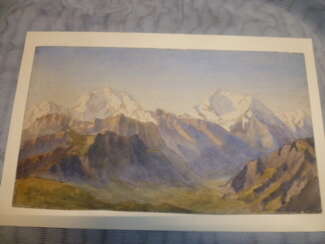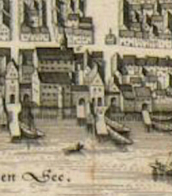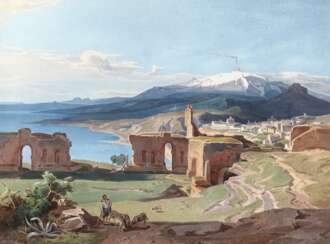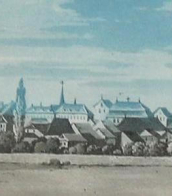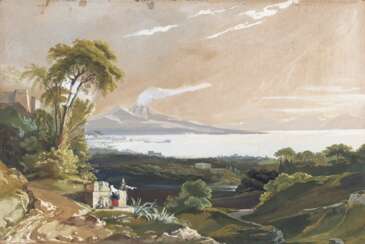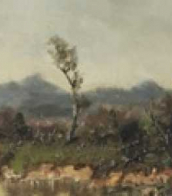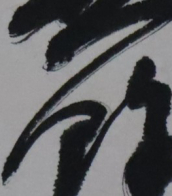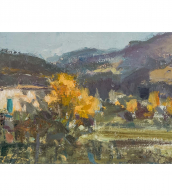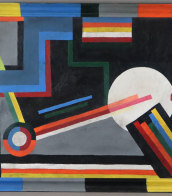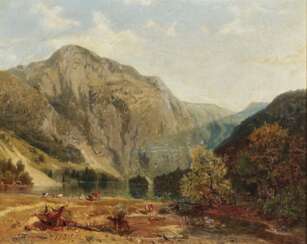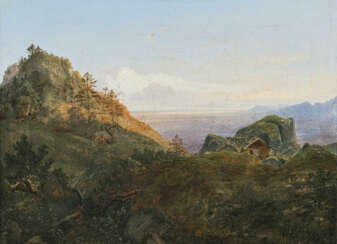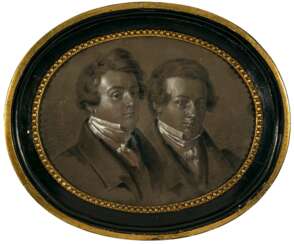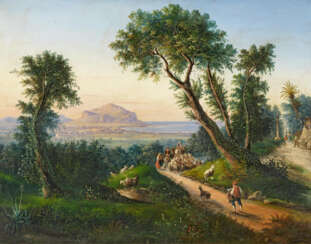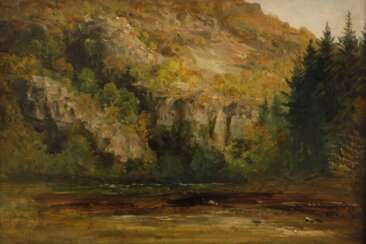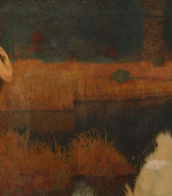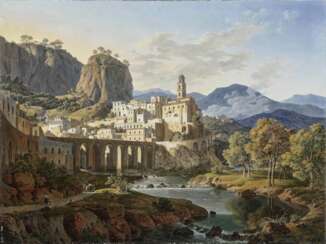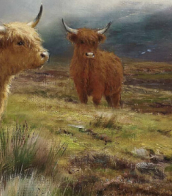carl rottmann
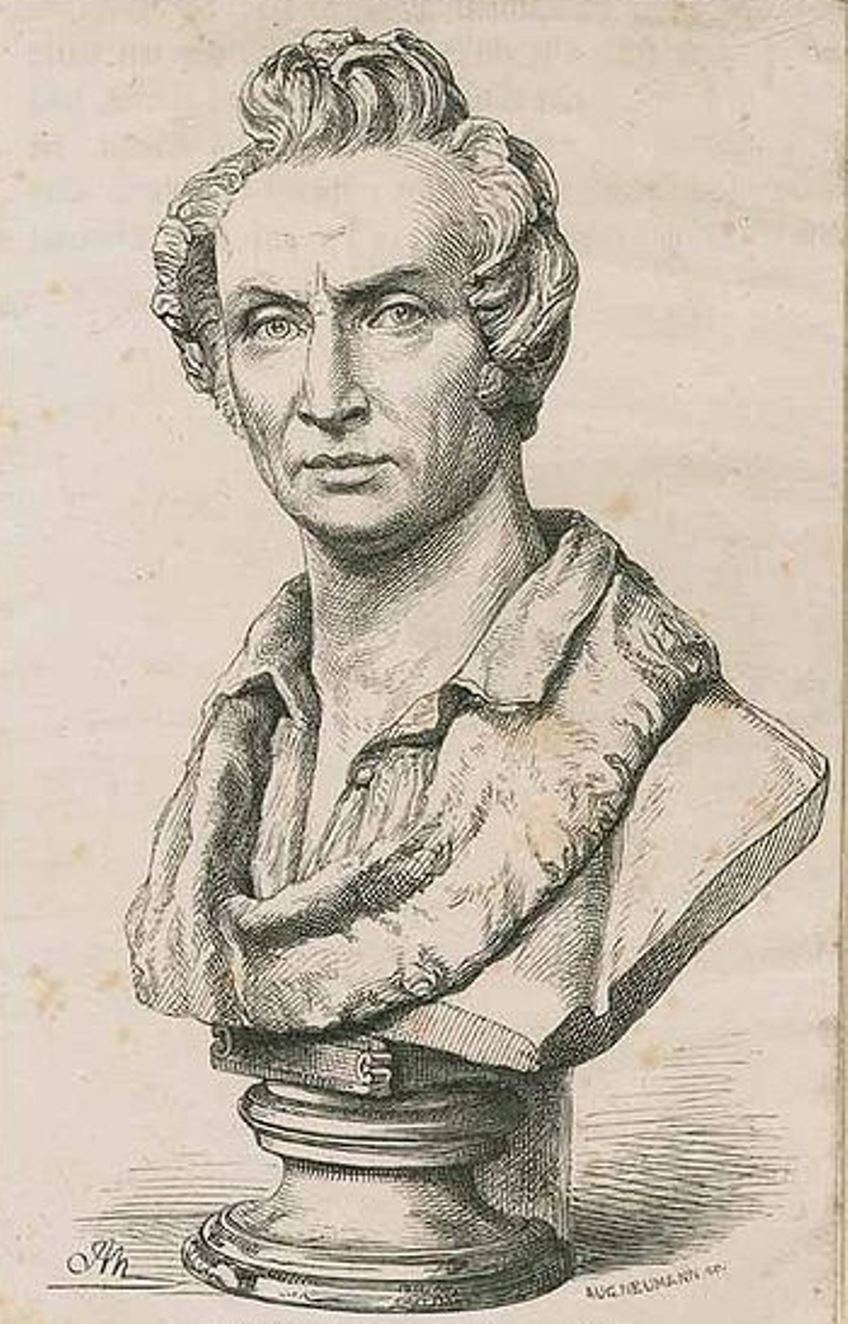
Carl Rottmann was a German painter of the first half of the 19th century. He is known as a master of the landscape genre. He became famous for his watercolor and oil paintings as well as his mural paintings of nature in the spirit of Romanticism.
Carl Rottmann comes from a dynasty of Rottmann artists: his father was a painter, and his younger brother continued the dynasty. Rottmann was among the court painters of King Ludwig I of Bavaria, from whom he received commissions to create large-scale landscapes.
Rottmann's best masterpieces are now preserved in museums in Germany, the most extensive collection of his works being held at the Neue Pinakothek in Munich.
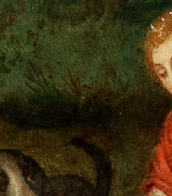
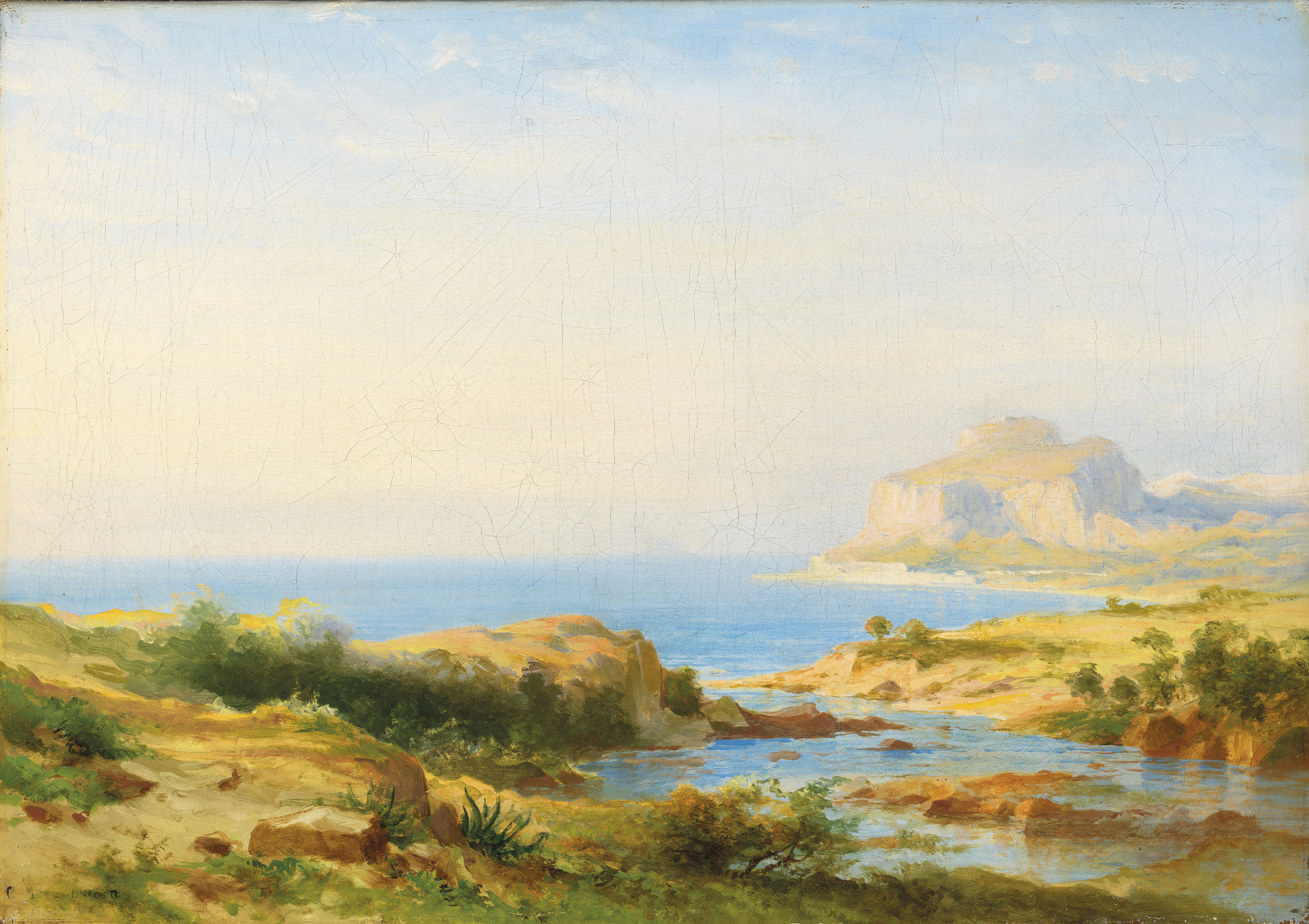
Carl Morgenstern was a German landscape painter of the Romantic period. His father, Johann Friedrich Morgenstern, was an architectural and landscape painter, and Carl received painting and drawing lessons from him at a young age.
At the age of 21 Carl went to Munich and became a pupil of the landscape painter Carl Rottmann. After a three-year stay in Italy, he returned to Frankfurt am Main, where he established himself as an artist and was later appointed professor.
His paintings from the early period mainly show landscapes, which surprise with special light effects and earned him the nickname "Italianist". Despite his desire for artistic innovation, he later devoted himself mainly to repeating popular motifs in order to satisfy his patrons.
Some of his most important works are views of Frankfurt am Main and the city's surroundings, as well as landscapes from the Taunus and along the Rhine.
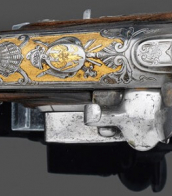

Carl Morgenstern was a German landscape painter of the Romantic period. His father, Johann Friedrich Morgenstern, was an architectural and landscape painter, and Carl received painting and drawing lessons from him at a young age.
At the age of 21 Carl went to Munich and became a pupil of the landscape painter Carl Rottmann. After a three-year stay in Italy, he returned to Frankfurt am Main, where he established himself as an artist and was later appointed professor.
His paintings from the early period mainly show landscapes, which surprise with special light effects and earned him the nickname "Italianist". Despite his desire for artistic innovation, he later devoted himself mainly to repeating popular motifs in order to satisfy his patrons.
Some of his most important works are views of Frankfurt am Main and the city's surroundings, as well as landscapes from the Taunus and along the Rhine.
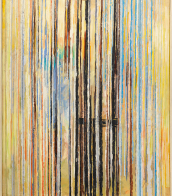

Carl Rottmann was a German painter of the first half of the 19th century. He is known as a master of the landscape genre. He became famous for his watercolor and oil paintings as well as his mural paintings of nature in the spirit of Romanticism.
Carl Rottmann comes from a dynasty of Rottmann artists: his father was a painter, and his younger brother continued the dynasty. Rottmann was among the court painters of King Ludwig I of Bavaria, from whom he received commissions to create large-scale landscapes.
Rottmann's best masterpieces are now preserved in museums in Germany, the most extensive collection of his works being held at the Neue Pinakothek in Munich.
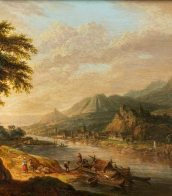

Carl Rottmann was a German painter of the first half of the 19th century. He is known as a master of the landscape genre. He became famous for his watercolor and oil paintings as well as his mural paintings of nature in the spirit of Romanticism.
Carl Rottmann comes from a dynasty of Rottmann artists: his father was a painter, and his younger brother continued the dynasty. Rottmann was among the court painters of King Ludwig I of Bavaria, from whom he received commissions to create large-scale landscapes.
Rottmann's best masterpieces are now preserved in museums in Germany, the most extensive collection of his works being held at the Neue Pinakothek in Munich.
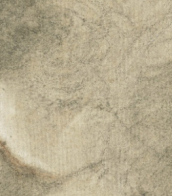

Carl Rottmann was a German painter of the first half of the 19th century. He is known as a master of the landscape genre. He became famous for his watercolor and oil paintings as well as his mural paintings of nature in the spirit of Romanticism.
Carl Rottmann comes from a dynasty of Rottmann artists: his father was a painter, and his younger brother continued the dynasty. Rottmann was among the court painters of King Ludwig I of Bavaria, from whom he received commissions to create large-scale landscapes.
Rottmann's best masterpieces are now preserved in museums in Germany, the most extensive collection of his works being held at the Neue Pinakothek in Munich.
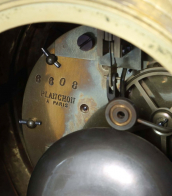

Carl Rottmann was a German painter of the first half of the 19th century. He is known as a master of the landscape genre. He became famous for his watercolor and oil paintings as well as his mural paintings of nature in the spirit of Romanticism.
Carl Rottmann comes from a dynasty of Rottmann artists: his father was a painter, and his younger brother continued the dynasty. Rottmann was among the court painters of King Ludwig I of Bavaria, from whom he received commissions to create large-scale landscapes.
Rottmann's best masterpieces are now preserved in museums in Germany, the most extensive collection of his works being held at the Neue Pinakothek in Munich.
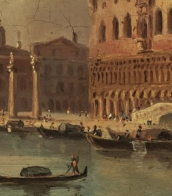
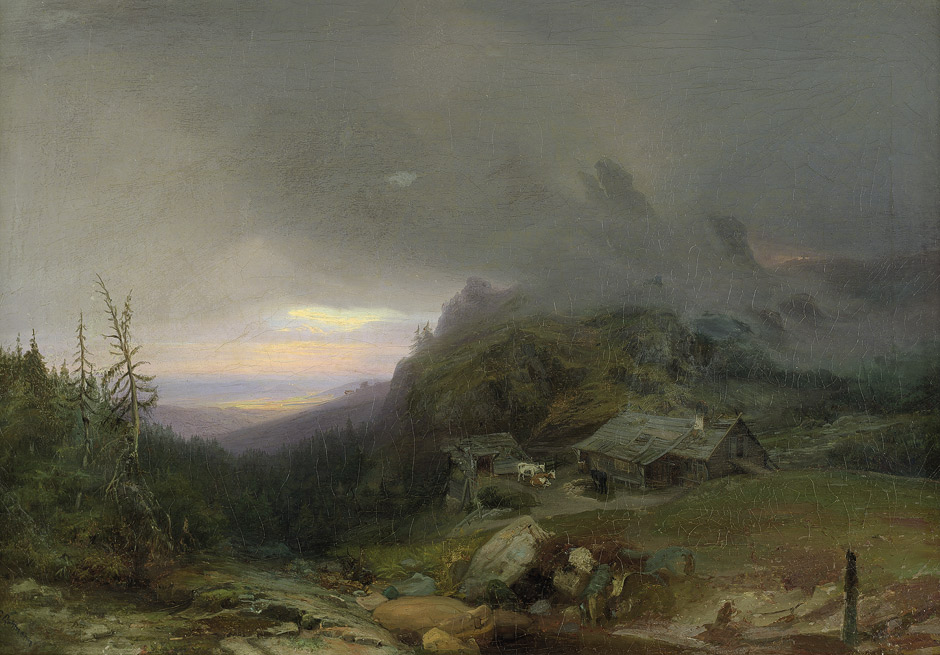
Leopold Rottmann was a German painter of the mid-nineteenth century. He is known as a landscape painter who worked in oil painting and watercolor.
Leopold Rottmann was a proponent of naturalistic and heroic-historical painting. He was the drawing teacher of the future King Ludwig II of Bavaria. Later commissioned by Ludwig, who was inspired by Richard Wagner, Rottmann created the artwork for the production of the composer's opera Lohengrin in 1861.
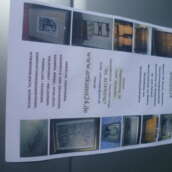
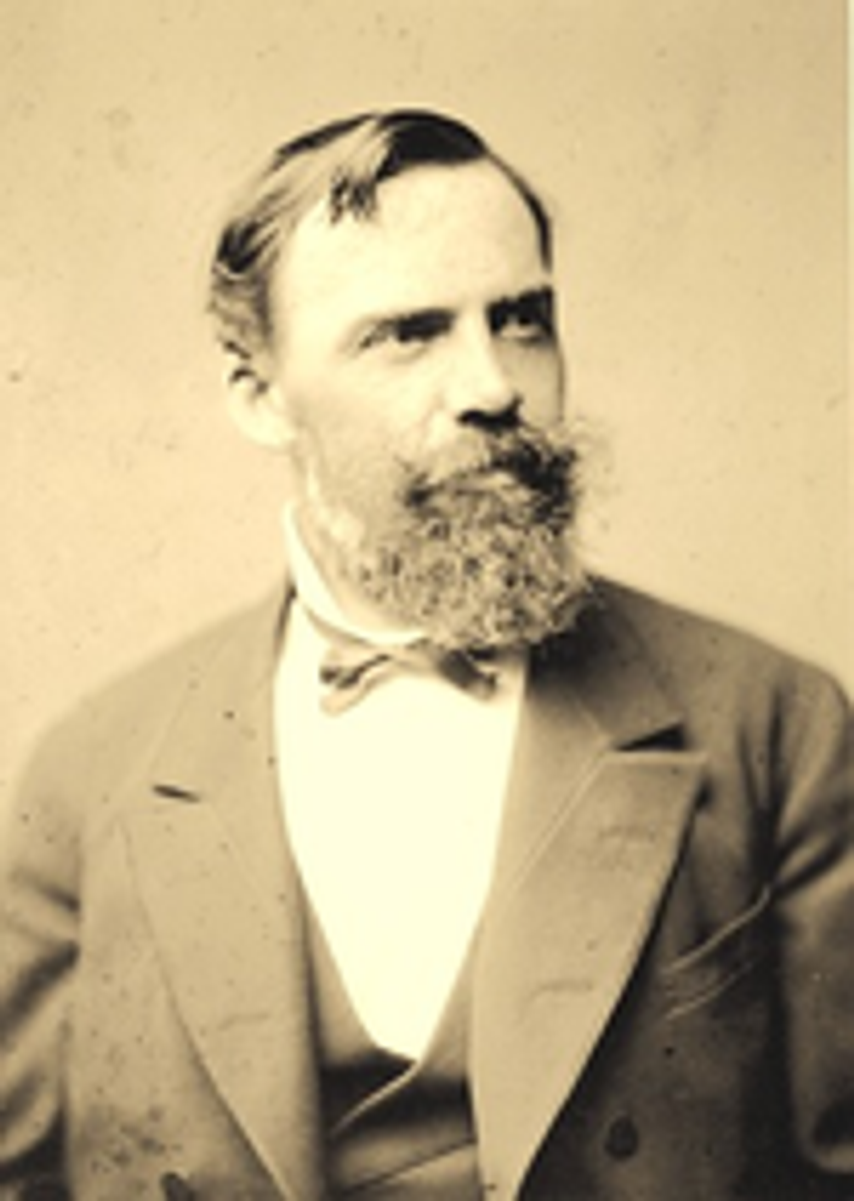
Maximilian Joseph Haushofer was a German painter of the mid-nineteenth century. He is known as a landscape painter and teacher, professor of painting at the Prague Academy of Fine Arts.
Born into the family of a teacher at the court of the Bavarian king, Haushofer began to study law, but soon indulged himself in art. His favorite subjects for a long time were the Alpine foothills and lakes illuminated by the midday sun. His students continued the tradition of his school, making Haushofer a prominent figure in the art world.
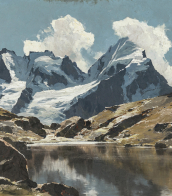

Maximilian Joseph Haushofer was a German painter of the mid-nineteenth century. He is known as a landscape painter and teacher, professor of painting at the Prague Academy of Fine Arts.
Born into the family of a teacher at the court of the Bavarian king, Haushofer began to study law, but soon indulged himself in art. His favorite subjects for a long time were the Alpine foothills and lakes illuminated by the midday sun. His students continued the tradition of his school, making Haushofer a prominent figure in the art world.

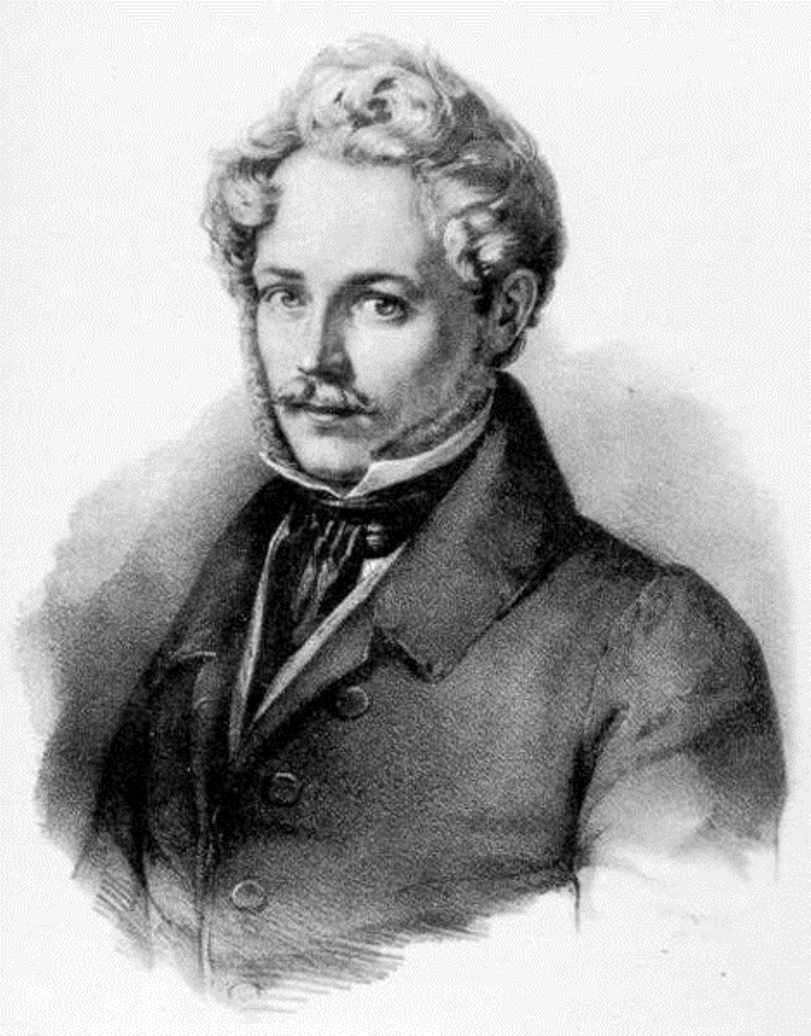
Ernst Fries, full name Adam Friedrich Carl Ernst Fries, was a German landscape painter, draftsman, engraver and etching artist.
Born into the wealthy and large family of banker and art collector Christian Adam Fries, Ernst received the best artistic education, including at the Academy of Fine Arts in Munich. Ernst Fries traveled extensively throughout Europe and always and everywhere made landscape sketches. In Italy he created his best works. Moving to Karlsruhe in 1831, Fries was appointed court painter to the Grand Duke. During his short tenure he painted a large number of leads, paintings and engravings.
Fries marked the transition from romanticism to realism with his work and had great potential, but unfortunately he ended his life at the age of 32. His younger brothers Wilhelm (1819-1878) and Bernhard (1820-1879) also became artists.
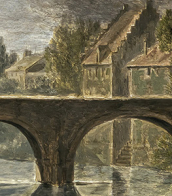
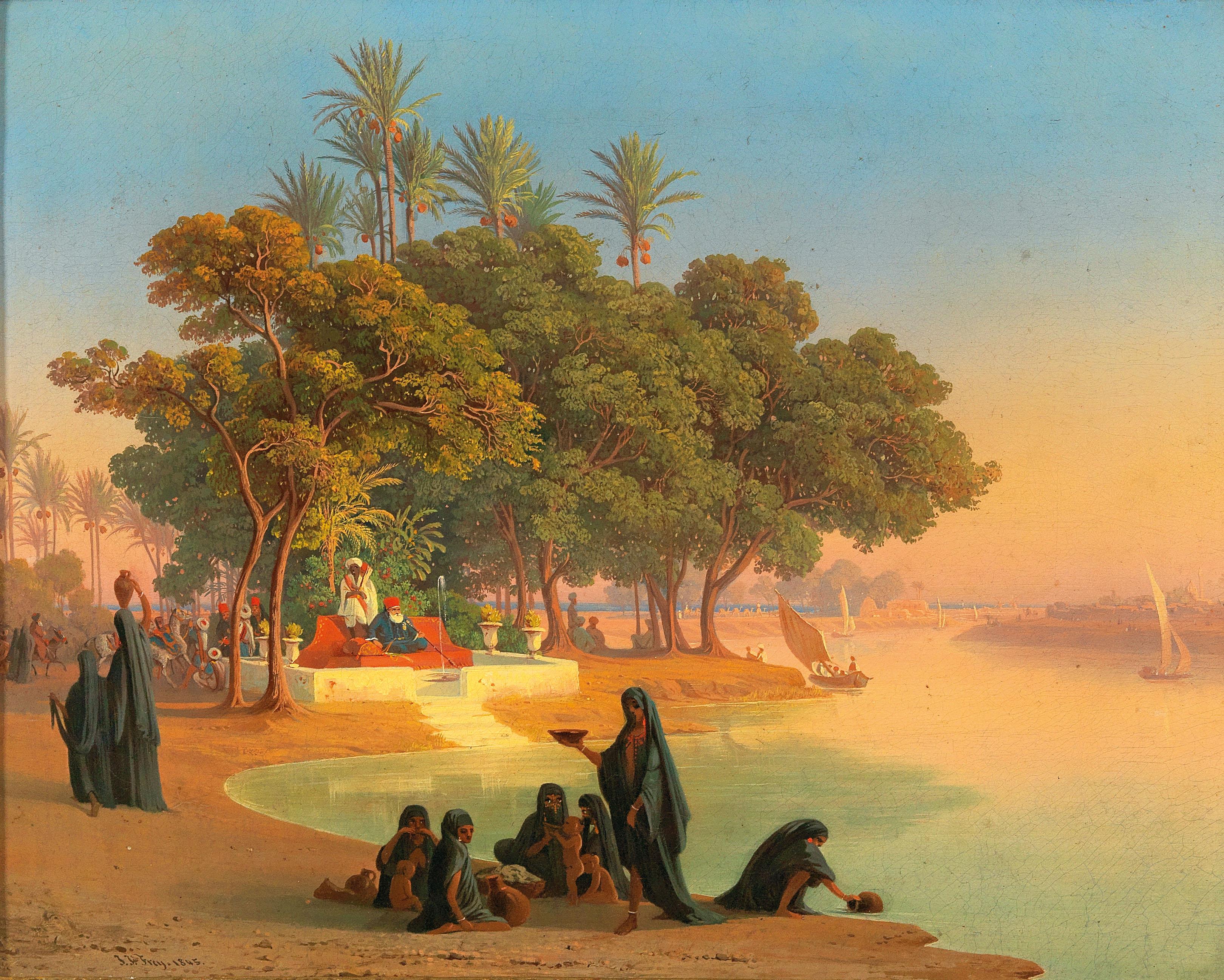
Johann Jakob Frey was a Swiss landscape painter.
Johann Jakob Frey travelled extensively in Italy, especially in and around Rome, making landscape sketches. In his studio he used these sketches to create paintings. He also traveled to Spain and Egypt to sketch for later works.
Frey's pictorial style is based on paintings by Josef Koch or Franz Horny. For example, they often feature a richly detailed foreground, which often shows elements such as winding paths or rivers drawing the viewer's attention away.
